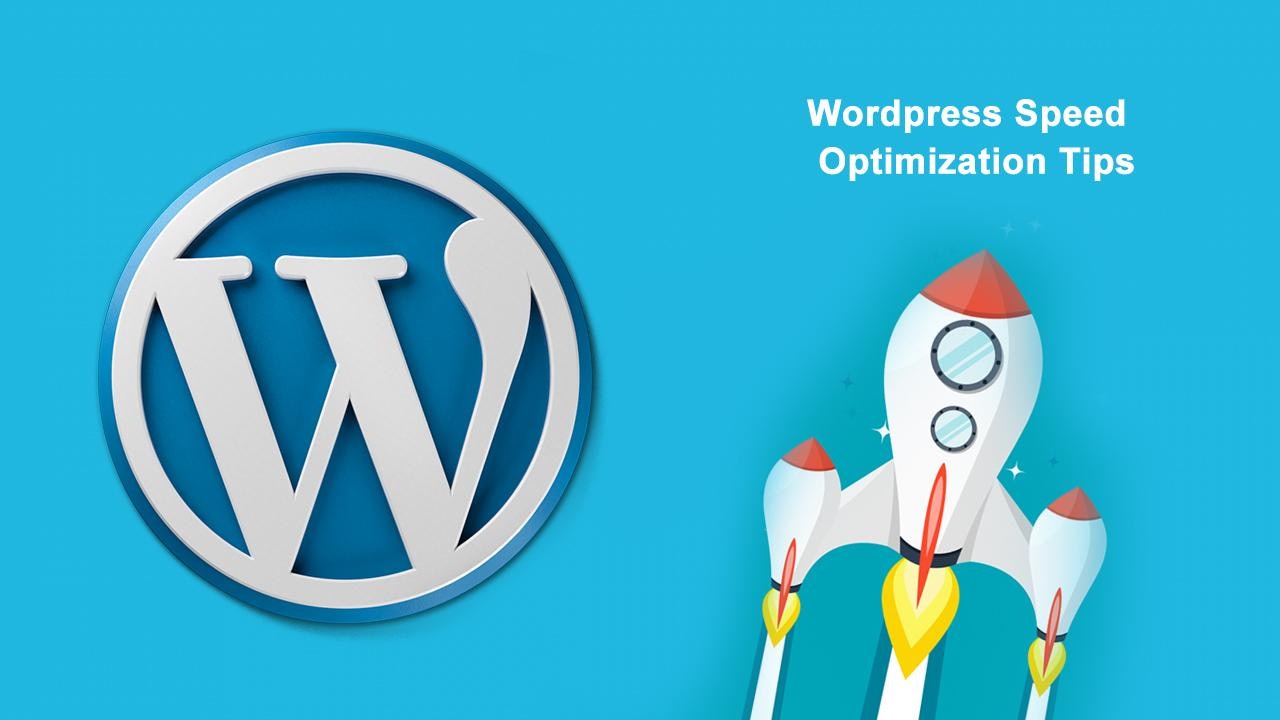If you want to offer optimal web viewing experience to site visitors, you need to boost the performance and speed of webpages. The lead conversion rate would slow down if the site elements load slowly. It is also important to optimize the speed of site because Google would reduce the result page ranking (SERP) of your site for slowness.
The loading speed would be different for different pages. For analyzing the load of your site presently, you have to factor in
- Web Page's Size
- Status of page cache
- Number of requests generated by the webpage
- Hosted content type i.e) static or dynamic
You can measure the performance of your site’s homepage on aforesaid parameters. Site speed can be correctly measured using GTmetrix, PageSpeed Insights, and pingdom.com.
WordPress sites often suffer from speed issues. If the traffic flowing on to your site is substantial but the customer conversion rate is slow, it can be attributed prominently to the poor loading speed of the website.
Ways To Improve Website’s Speed & Performance
We would now look into some proven tips for site performance improvement.
a) Change The Web Host Service Provider
The web hosting provider has a bearing on the speed of WordPress site. Often, we prefer the shared hosting provider in the hope of availing more space, bandwidths, emails, etc. However, shared hosts have a deplorable track record of delivering optimum leading time when traffic is at its peak. Also, the site uptime is less than 99% in maximum cases.
In shared hosting, you share server space with numerous other sites. This means everyone is competing for limited resources. Also, server optimization is poor.
To avoid this
 View Website
View Website
 View Website
View Website
 View Website
View Website
- Choose hosting provider using contemporary technologies
- Go for cloud hosting provider, especially the dedicated one, at competitive rates
- Ask a profession to set up the server of dedicated hosting provider
b) Upgrade The Core Technology of Your Website
Another most WordPress speed optimization tips are to update the site’s core technology.
- Embrace contemporary HTML, PHP, and other versions
- Look for latest improvements and features for improving the speed
- Use the latest PHP version which still enjoys security upgrades
- Choose a host which will update your PHP version to newest one when the same appears
- Check the PHP configuration often after logging in hosting the backend
- Check the PHP version and update if needed
WordPress’s older versions cannot run most recent PHP versions. You should get your site tested on a staging platform and take adequate backups before updating the old version. The site functions would not be interrupted and changes can be undone if needed.
c) Change Your WordPress Theme
You can optimize your website speed by going for a fast theme. Good theme improves the site loading time by reducing the excess load on the webpage because
- It is coded optimally
- Content and images are balanced properly
- It is simple and efficient
- It boosts user experience
d) Go for WordPress Database Optimization
You have to optimize the database to boost site speed. Manually doing it would take time. You can use MySQL database but it cannot clean itself effectively at regular intervals.
You can use special plugins for database management and optimization. With WP-DB manager, you can get dates for optimization set at regular intervals for posting revisions, removing spams, etc.
e) Lessen the Size of Images
A web page's size increases because of numerous images. You need to get image size reduced by keeping the quality intact.
You can undertake image optimization manually with Photoshop, Chrome PageSpeed Insights, etc. but the process would be time-consuming.
You need to use dedicated plugins for image size reduction to boost the website’s speed. Some to mention are WP Smush, reSmush.it and ShortPixel Image Optimizer.
f) Monitor Your WordPress Site
You need to monitor site speed for initiating needful rectification measures when speed drops. Tools such as Pingdom allow for intuitive monitoring. You need to purchase the subscription and you would receive an email if the site speed is less. Tools like GTmetrix helps in monitoring visual rendering time, server response time and other important metrics.
g) Minimize CSS and JS file sizes
The site loading speed can be enhanced through a reduction in CSS and JS files and corresponding calls. Tools like Google PageSpeed Insights provide proper guidance in this regard.
You can also refer to Google guides for manually optimizing themes. You may use plugins like Autoptimize, Better WordPress Minify, etc. for optimum performance of HTML, JS and CSS codes of your site.
h) Go For CSS Sprites
You can reduce the frequency of image related HTTP requests as a reference on your site with CSS Sprites. Images are merged and combined in a single file arranged in a grid which boosts site speed. Also, site performance improves as bandwidth is saved.
i) Use Browser Caching
During caching, site content and relevant info (like images, web elements, HTML webpages, JS and CSS files) are temporarily stored to facilitate ease of access of the website. If browser caching is enabled, all resources previously loaded would be temporarily stored which would improve the page loading speed.
A number of WordPress cache plugin types are available for this such as Hyper Cache Extended, WP Rocket, and Super Cache. Most popular is the W3 Total Cache Plugin. As data from all WordPress webpages are cached, the page resources need not be dynamically loaded once you move to another page. User experience improves as well as the site’s speed.
j) Prefer a Content Delivery Network (CDN)
Site visitors are from different geographical locations. If the location is far away from the site’s host, page loading speed would suffer.
You can improve site loading speed for visitors from distant locations with CDN. Your site’s copy is maintained in different datacenters in various places by CDN. The page would be served to visitor by CDN from a location that is closest to the visitor. CDN services most preferred are of MaxCDN and Cloudflare’s.
k) Consider Uninstalling or Deactivating Plugins
Another WordPress web design tips are to remove unneeded plugins from the site. These unused plugins are like junk which augments the backup size and eat up server resources significantly during backup file generation.
l) Use Lazy Load WordPress Plugin
Lazy Load decreases images and boosts page loading speed. Videos and pictures on site are optimized to ensure that they don’t load at once. They get loaded one by one when a user scrolls around.
For automatic optimization of images, jQuery Image Lazy Load plugin should be installed. Since bandwidth is saved during site browsing by users, speed is improved.
m) Eliminate Drafts After Posting
All drafts are saved post revision by WordPress forever. This consumes storage space which gradually compromises site’s speed. After posting a draft, delete it.
You can use WP Revision Control Plugin during web design services for setting the limit on revisions’ number storable for each post or page. The backend does not get saddled with unnecessary revision posts which improve site loading time.
n) Bring Down External HTTP Requests
Often, different files from various websites are loaded by themes and plugins of WordPress. Such files may be stylesheets, images from Google or social sites, scripts, analytical codes, etc. These files are often optimized for loading faster so you need not host them on your site.
However, when plugins start placing excessive requests for elements on external sites, the site slows down sufficiently. Just disable the styles and scripts or merge them in a single file for reducing such HTTP requests.
Final Thoughts
As your site becomes faster, user experience increases significantly. Your WordPress site would load faster on both computer and mobile alike. Google would also improve the ranking of your site. By reducing bandwidth usage, you can reap rich rewards in the long run. If you are not able to manually optimize your site, you may connect with experts of renowned web development companies for optimizing the website at cost-effective pricing.





Comments (0)